Beyond products and services, what truly fosters customer loyalty for brands and companies is often overlooked. Many believe that retaining customers is solely due to the quality of their offerings, but this is not always the case.
Customer loyalty extends beyond the tangible products and services provided; it encompasses the additional benefits and incentives that brands offer, with content being a significant aspect.
Customers subscribe to email lists because they connect with a brand’s messaging and content. However, it’s essential to recognize that an email list is not a static asset in email marketing; rather, it depreciates over time.
Failure to regularly update the contact database results in missed opportunities to engage both new and existing customers.
Sending emails involves more than just crafting catchy subject lines and including content. The content must be intriguing and valuable to the subscribers.
The ultimate goal is to encourage email recipients to open and read the messages in their entirety, and ideally, to click on any embedded links. Engaging readers is crucial to achieving the end goal of converting leads into sales.
In this blog post, we will discuss several proven strategies to help you grow your email list, regardless of whether you are an established brand or a newcomer. Additionally, we will cover ways to expand your email list using traditional marketing, social media, and various other measures.
Table of Contents
Email List – A Quick Recap
An email list or a mailing list is simply the database of all your customers who have given you their email addresses. You can use this email list to run email marketing campaigns, convert leads, retain customers, and make more sales.
The process of collecting email addresses from new customers or website visitors is called email list building.
Email list building is a crucial aspect of an email marketing strategy because, without a dedicated database, you can’t leverage customer communication.
An active and engaged email list is crucial for a business’s success because it’s the one part of your marketing toolkit that is not influenced by an algorithm.
Digital marketing trends are always evolving, but your email list remains untouched because it’s been manually curated.
Many marketers will segment the members of an email list based on different criteria.
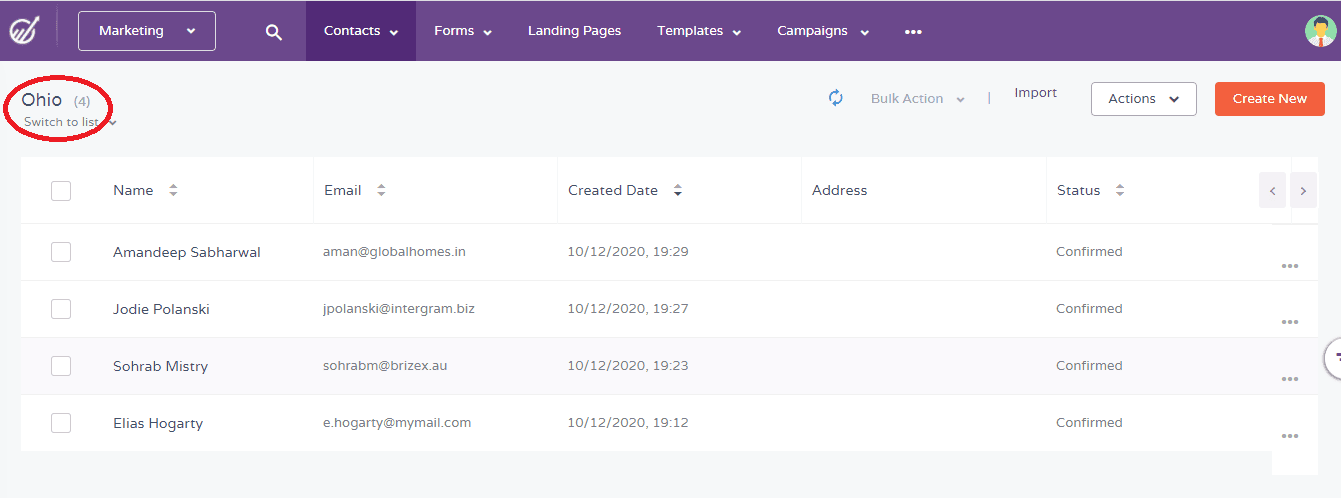
This can include demographic information, shopping and online browsing behavior, hobbies and interests, and even income or occupation.
By segmenting leads or customers like this, you can send a more targeted, tailored message to each audience segment. That increases the chance of email campaign success.
👉 Enhance your email campaigns with our free email templates designed for effective marketing.
11 Ways To Grow Your Email List
Whether you’re starting from scratch, or just looking to get new ideas for your email marketing campaign – the following tips can help you grow your email list.
1. Make Targeted Email Lists
You can’t see a boost in subscribers until you know more about the ones you already have. Who are they? Where in the world do they live? What do they do for work? What are their interests? What about their pain points or problems?
Gathering this information is the first step to success. You can then organize your audience into buckets.
This way, when you send out emails to your readers, they won’t all receive the same one. The emails you send will depend on which audience category or bucket you’re appealing to.
For instance, if you’re trying to promote summer-themed clothes like men’s seersucker suits, you can target male subscribers and send them emails only during summer.
Your email to your female subscribers can look different and have different CTAs than the one sent to your male subscribers. Yieldify is an excellent list building tool and holistic platform for increasing sales in your ecommerce store.
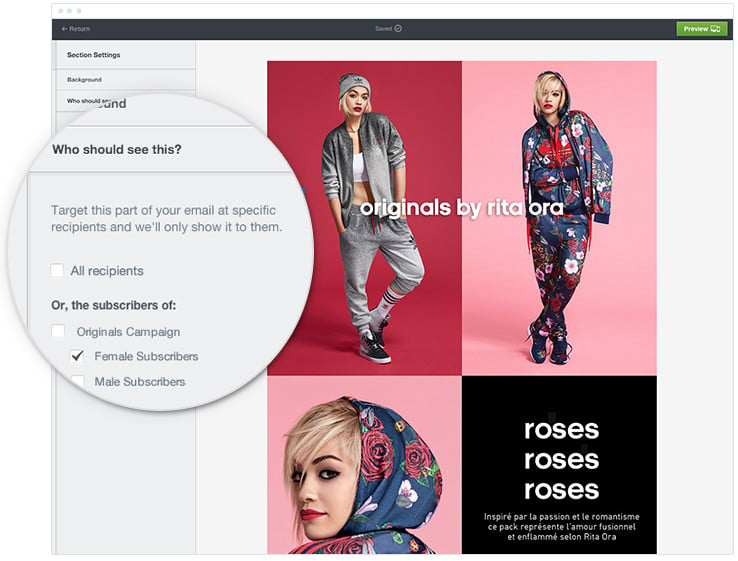
2. Host an Exclusive Email List Giveaway
It’s hard to go wrong with a giveaway. Few people will turn down the opportunity to win something free. You just have to make sure whatever prize you do give out piques a customer’s interest.
The giveaway gift should be relevant to your brand and its product/service.
If it’s too generic, you’ll end with an unqualified email list. If the gift is too specific, you’ll end up alienating your potential customer base.
Generally, a free guide or customizable resource fits the bill; you can market your content, and give your customers the power to customize it as they want to.
3. Use Social Media to Promote Email Signups
Social media is a great way to grow your email list and earn more signups. Push for email signups over social media and make use of gated content to get these signups.
Gated content is a lead magnet, i.e., a piece of content or resource you offer to those who’re willing to ‘sign up’.
This resource in return for their email address is an exchange without any monetary transaction. This can range from limited period discount coupons to downloadable content like guides and templates.
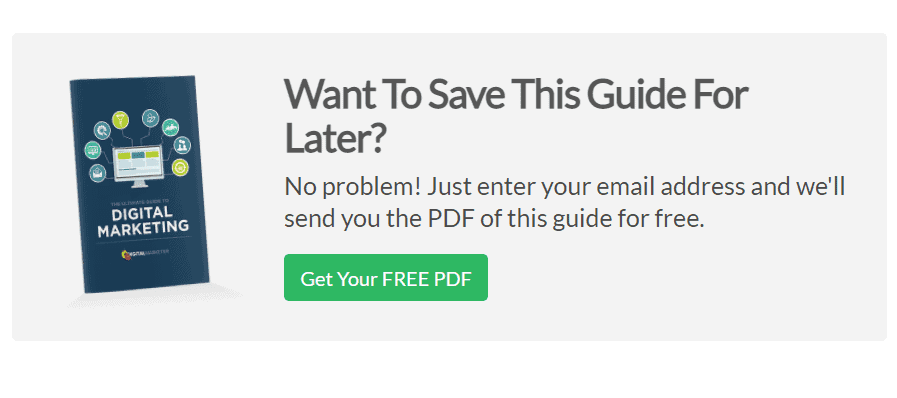
You can promote this gated content on social media such as Instagram and Facebook by creating ads and scheduling posts.
Whether you give your subscribers something like a weekly newsletter or a free eBook, you do have to offer something of value. While it doesn’t have to necessarily have a high monetary value, do make sure it doesn’t waste the subscriber’s time.
4. Switch to Two-Step Opt-ins
In 2014, Leadpages’ Adam Ruhland decided to test whether single-step or two-step opt-in boxes performed better. He A/B tested both options and saw 59% more conversions with two-step opt-ins versus one-step opt-ins.
Here’s a visual example of a two-step opt-in if you’ve never seen or used one before.
Two-step opt-ins begin as a button or link that a visitor clicks. Only once they do that can they punch in their information, like their email address and their name.
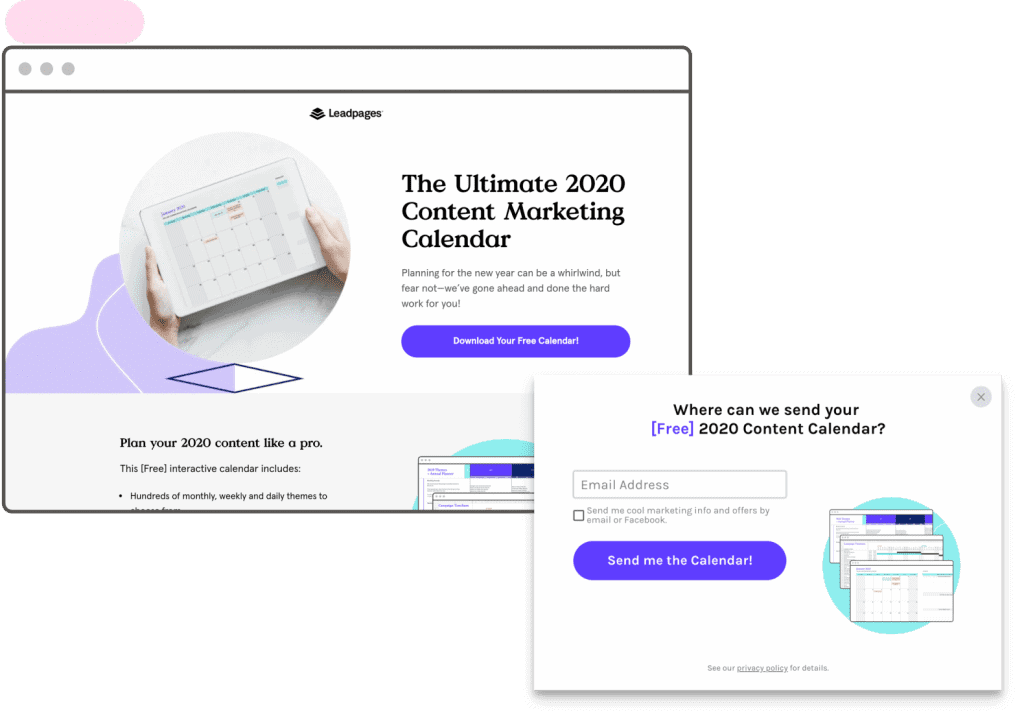
Why do some marketers prefer two-step opt-ins versus one-step opt-ins?
It shows the commitment on the part of the would-be customer. They’ve gone through the first step of opting in to get to the second step.
That means they’re truly interested in joining your email list. It’s also a better start to a customer-business relationship because, with two-step opt-ins, customers are permitting you to send them emails.
Read more: The 10 Best Opt-in Email Strategies (with Examples)
5. Use Referral Rewards
Your existing customers and subscribers can be a great source of free marketing. There are plenty of ways you can go about this, and one of the simplest is by setting up a referral rewards program.
For example, if a user gets a friend to sign up for a newsletter, they both can receive a discount or a coupon. It incentivizes your existing customer base – they become your brand advocates because it allows receiving more benefits.
Here’s how Morning Brew does it.
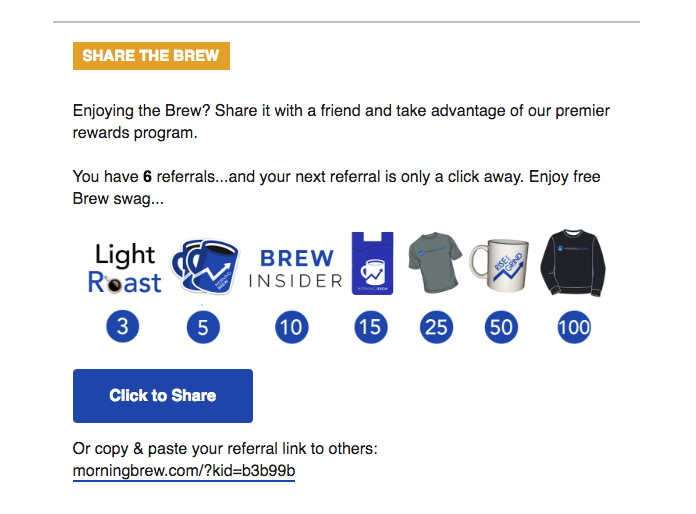
Enhance Your Email Marketing
Want to make your emails more impactful? Check out our beautiful, easy-to-customize email templates. Designed to boost engagement, these templates from EngageBay will help your emails stand out. Just customize the images, headings, and CTAs for your brand, and hit send in a few minutes!
6. Make a Social Squeeze Page
A social squeeze page is a webpage that is designed to collect visitor data by restricting access to exclusive content like discount codes, coupons, guides, etc. It features an opt-in form as well as social sharing buttons.
Here’s Cult Beauty’s social squeeze page:
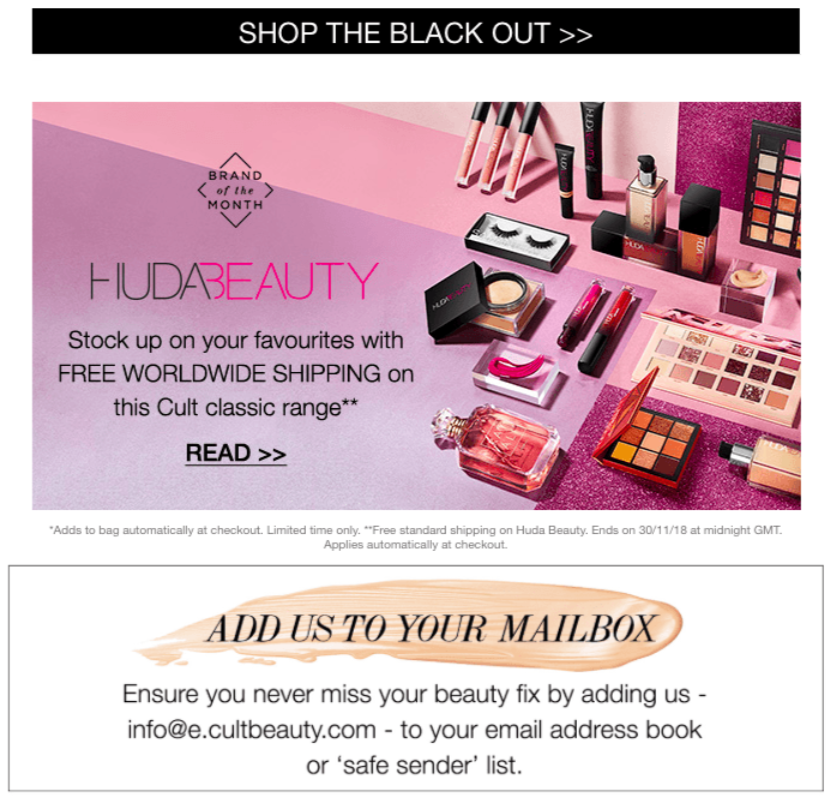
Source: Brighton
As the image shows, this page is about the new sale that the brand is offering. They’re offering you a spot on the waitlist so that when the page goes live, you’re first in line to shop for the products.
Like you would for any offer or giveaway, if you want your social squeeze page to succeed, you’re going to have to promote it. There’s a reason this is called a “social” squeeze page, after all.
Whether you rely on social media advertising or good, old-fashioned free promotions on your social media accounts, make sure you get the word out there that this page exists.
That should give you the email subscribers your company craves.
👉Supercharge your email marketing game with our ultimate guide on the best trigger email techniques – don’t miss out! ⚡
7. Use Promotional Pop-Ups
Promotional pop-ups generally appear throughout the customer journey. They are triggered by user behavior on a homepage or a specific website page.
Promotional pop-ups have to be aligned to the stage at which a potential customer is in during the buyer’s journey.

For example, user A has landed on a webpage that advertises your product or service. You can use a promotional pop-up on that to inform them of a new sale or a discount code if they sign up for your mailing list.
Read also: Email List Cleaning – It’s Time To Give Yours A Good Scrub
8. Repurpose Old Content to Create New Lead Magnets
Repurposing your old content is a great way to drive more organic traffic to your website. It’s also an effective email marketing strategy because you can scale your content to fit different channels.
An old article can be repurposed as a YouTube video, shared as an infographic, or turned into an eBook. There’s no shortage of ways you can use your old content.
Another reason to repurpose old content is that it can make for an effective lead magnet. Not only does it save valuable time since you already have the basics ready, but it also drives more audience to your email list.
You can start by analyzing past posts with high engagement and reworking them.
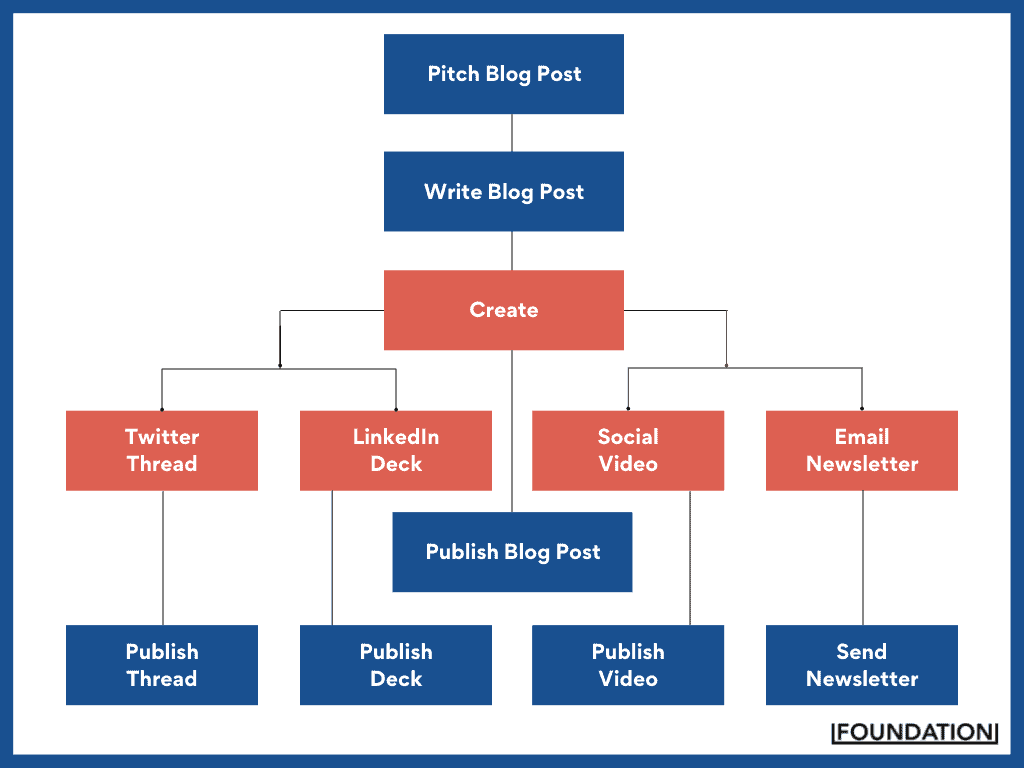
If you’ve published a lot of listicles, you can expand on each point to create individual articles and other content. Evergreen content such as templates and guides can always be repurposed to attract new leads.
You can also use the two-part blog method where you publish the first blog and include an opt-in form in the middle of the blog asking people to sign up. If they do, they get to read the second part of the post.
The thing about writing these posts is you have to have a reason to break them up into two parts.
You must choose engaging, evergreen topics that people will want to read about at length. By peppering in case studies, graphics, stats, and other data, you’ll create a great two-part resource.
Read also: The Ultimate Guide to Lead Magnets
9. Let Your Subscribers Know What You’re Doing with Their Data
Back in April 2018, we wrote about the General Data Protection Regulation or GDPR right here on this blog.
The GDPR is a privacy regulation that is based out of the European Union. However, any company that does business with EU clients needs to be abreast of the privacy changes.
If you remember getting a boatload of emails from all your subscriptions last summer letting you know about their updated privacy policy changes, this was because of the GDPR. Hopefully, your company did the same.
If you’re a newer company that missed the start of the GDPR enforcement (last May), you’re going to want to let customers know what you’re doing with their data. Here’s a platform that helps you create your privacy policy for free!
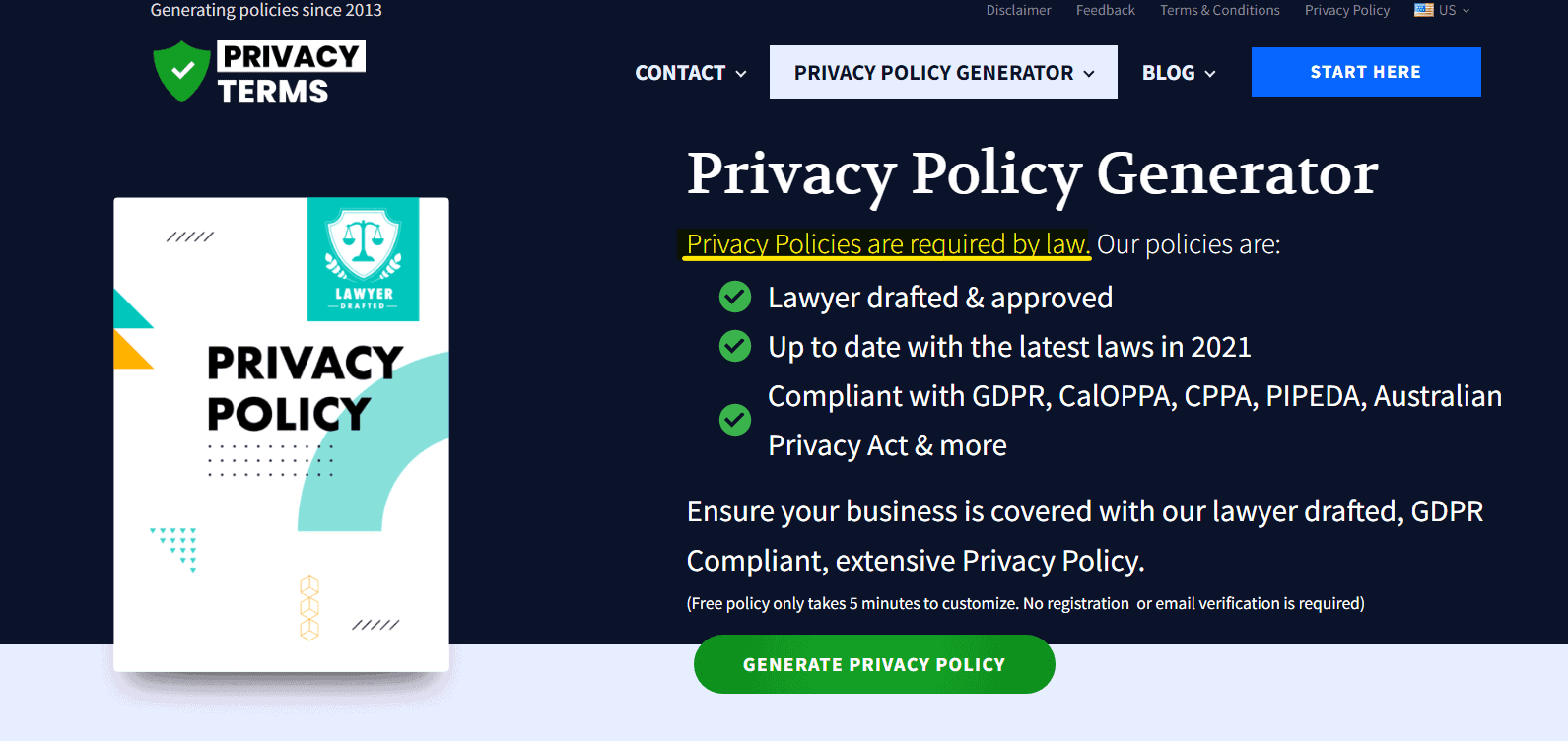
This can be a statement akin to the anti-spam policy. You want your audience to know that their privacy is paramount to you and you wouldn’t sell it to a third party.
Your emails and all correspondence from your company should be secure and safe to open.
10. Use the Content Upgrade
We couldn’t end this post without talking about content upgrades. This is upselling at its finest. In an article on your blog, you ask your reader for their email address so they can get even better content.
The content upgrade is always related to the topic at hand. If you’re writing an article about user privacy, then maybe your content upgrade would be a resource list on ensuring your company complies with the GDPR.
The best place for content upgrades is on your most popular pieces of content. You can go back and retroactively add a content upgrade and leave the post-as-is. You can also rewrite the post so it’s more current.
Either way, make sure you share the page to attract attention to the content upgrade.
If you would like to learn how to build an email list using EngageBay, watch this video:
11. Gamify Your Email Process
Gamification appeals to the part of consumer psychology that likes being rewarded after an action. You can embed interactive elements on your website, a registration form, a popup, or show some awesome newsletter signup examples to encourage engagement.
Examples of gamification include quizzes, spin-the-wheel, scratchcards, etc.
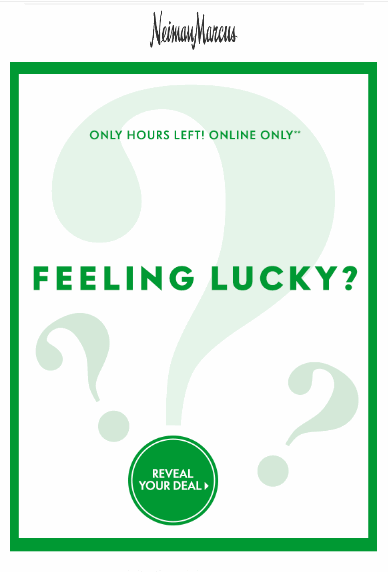
Gamification works because visitors get rewards at very low stakes.
They’re not losing anything by participating, but your email list will get new subscribers. You can use gamification strategies to offer discounts and rewards, in exchange for their email address.

Read also: The 10 Best Opt-in Email Strategies (with Examples)
Email List Building Best Practices
Before we wrap the blog post, here are a few tips to keep in mind while you’re drafting your email marketing strategy and building your email list.
1. Don’t Purchase Email Lists
We spoke about the necessity of disclosing your anti-spam and privacy policy in the point above. International regulations restrict the use of collecting email addresses and selling them to a third party.
Buying email lists is a sure guarantee that all your emails will end up in spam, and that, in turn, will negatively affect your sender reputation.
Build your email list organically without the use of third-party middlemen to ensure that you’re on the right side of the law and your customer’s inboxes.
2. Send Email Sequences
A stale email list is a campaign killer and the best way to avoid that is to ensure that you’re constantly engaging with old and existing customers. Once you’ve reached a certain number of subscribers, you must work to keep the top spot in their inbox. One way to maintain consistent communication is to use automated email sequences.
They can be a series of emails sent during regular intervals that can welcome new subscribers, introduce a new product, share product or service updates, and so on. Automated email sequences are helpful because the event can be event-based or behavior-based.
An example of an automated email sequence would be a welcome email series. You can draft a series of emails using your email marketing software that can be triggered once a new subscriber signs up.
It’s also an effective way of introducing new users to your content and company.
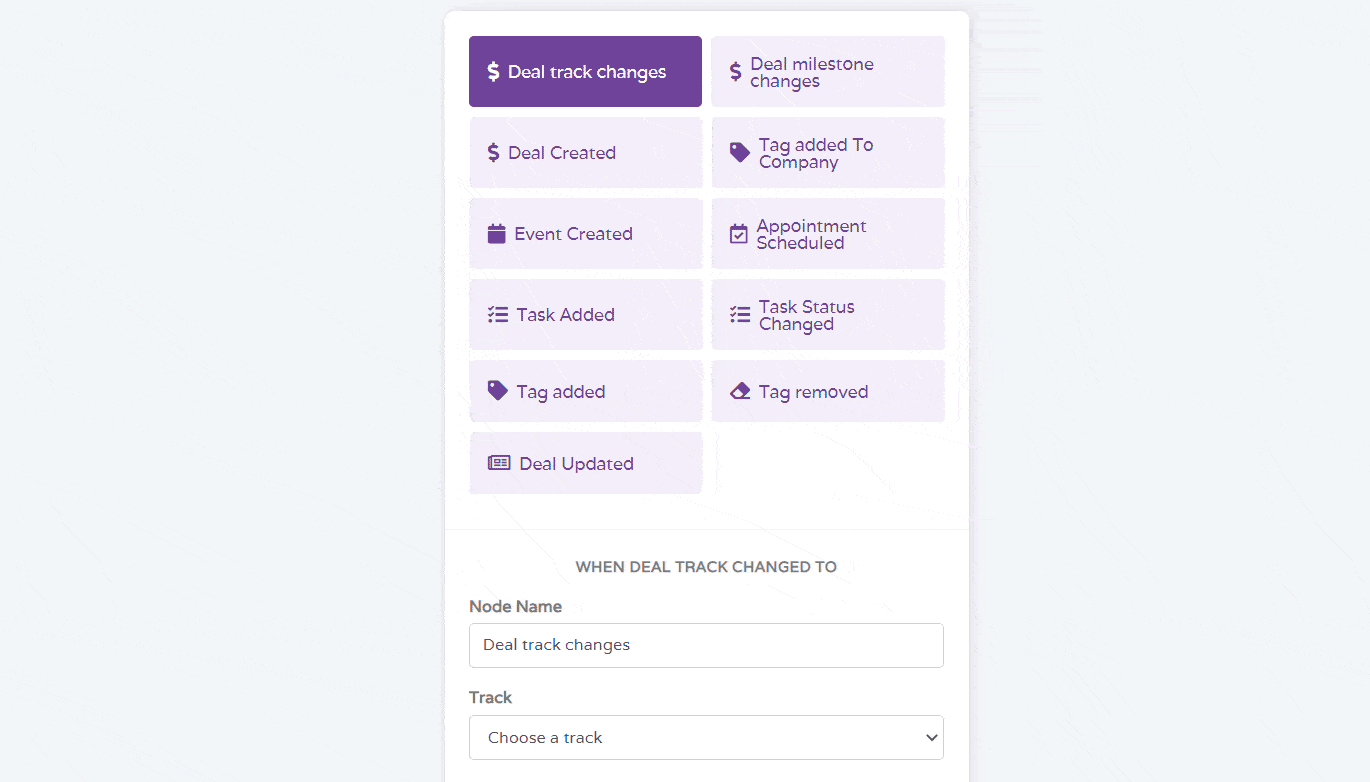
3. Maintain Email List Hygiene
Email service providers keep a close eye on the engagement every email receives in an inbox. If they determine that your emails are not getting the due attention, they’ll flag any future emails as spam.
To ensure that you maintain a warm email list, you have to work on fine-tuning your campaigns. That includes periodically cleaning out your list: removing cold email subscribers, sending confirmation emails to disengaged users, and nurturing new customers.
EngageBay offers key tools and advanced reporting that can help you analyze your campaign performance. This will help you maintain email list hygiene and re-engage a cold list.
👉 Boost your email marketing strategy with our free, customizable email templates that engage and convert.
Read also: 19 Types of Email That Will Boost Your Email Marketing ROI
Conclusion
Email list building is still at the top of every marketer’s engagement agenda, and for a good reason.
It’s untouched by external trends and shifting algorithms, which is why curating an active email list is so important.
Even though this blog post focuses on growing your email list, we still have a ton more resources you can check out for other email marketing strategies.
If you want to know how EngageBay can help with your marketing efforts, we’re just a demo away!
👉 Have you tried our email templates? Share your experience in the comments below, and let us know how they worked for your campaigns!


